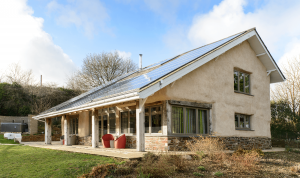Designing for the future
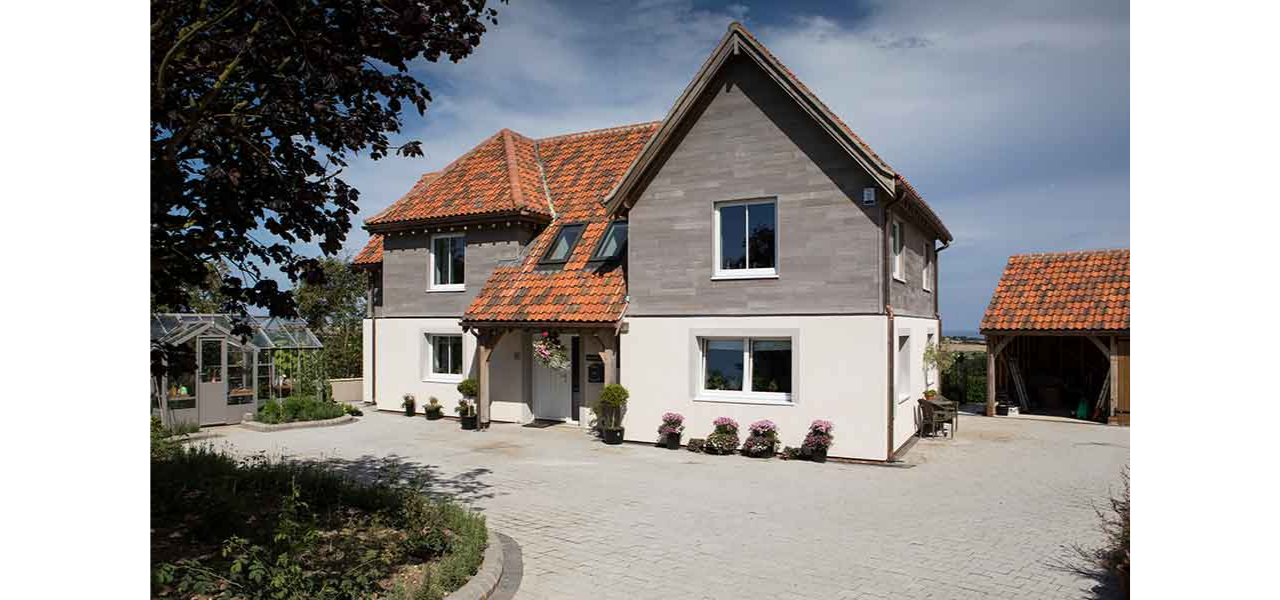
For too long we have been turning our country into an unsightly nowhere. Opinions vary as to the cause but what is lacking is the creation of character and identity which show that a community belongs to its surroundings.
Why should we be resigned to anywhere, and not demand somewhere?
Style is not an issue, since any style can prove accept-able if it generates a real settlement. Fortunately design has now become the new most discussed planning topic following the recent publication of the Building Better, Building Beautiful report, the government’s Housing Design Guide and A Housing Design Audit for England produced by the Place Alliance and CPRE.
Towns built and altered with the aim of accommodating the car look very different to the traditional town. They are inherently an environmentally unfriendly place which increases the separation physically, and psychologically, of people and places. Once the car starts to take over, the process becomes self-reinforcing. People have to drive to shops they might prefer to walk to as there are no shops in walking or cycling distance and no public transport. New estates and their houses are built around car dependency. The car, in distancing people from their surroundings, reduces interaction of people with places, and the desire for attractive, healthy and liveable spaces diminishes.
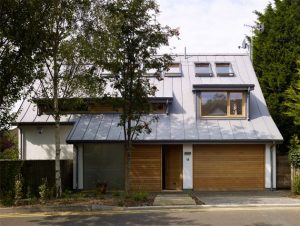
Urban spaces have become full of railed crossings, pedestrian traffic lights and bleak streets. Streets have become places adapted to the car, and as the primary urban space where people go for many reasons, streets have lost their sense of friendly walkable areas surrounded by the permanent structures built in local materials which made for a welcoming urban landscape.
Houses, and streets, designed for edge of town estates lack the essential character and identity which would give them a fundamental feeling of well-being. The designs are not creative and, combined with standardised materials, do not deliver distinctive character. As the construction sector is one of the biggest contributors to greenhouse gas emissions, housing must play its part in ensuring their reduction and eventual elimination. With concerns about climate change and rising energy costs, the way buildings are, or should be, designed, is a core issue.
Industrial buildings, as much as housing, should adapt accordingly.
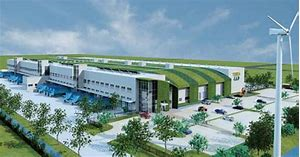
With these environmental concerns in mind Eco, Passivhaus and Zero Carbon houses offer obvious alter-natives.
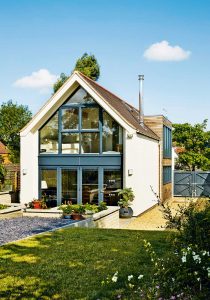
In some quarters they are deemed to be complicated, expensive endeavours, but this does not have to be the case.
High levels of insulation, structural insulation panels to reduce potential heat loss, airtightness, ground and air source heat pumps, solar pv panels and passive ventilation systems are key. Along with sedum roofing, under floor heating, mechanical ventilation, heat recovery systems and south facing pitched roofing.
Volume housebuilders as well as small and medium sized builders, are perfectly capable of constructing and delivering these houses for the future. The hardest step is to persuade housebuilders, especially the volume ones, to throw away their standardised house designs and estate lay-outs, change their business models and plan for a different approach to massed housing.
Instead of the dreary similarity of so many blocks of new build, future estates could be dramatically different. The same techniques could be applied to industrial and commercial buildings. Imagine the visual relief.of industrial estates which are less brutal and plain ugly. All new build would then be much more acceptable.



